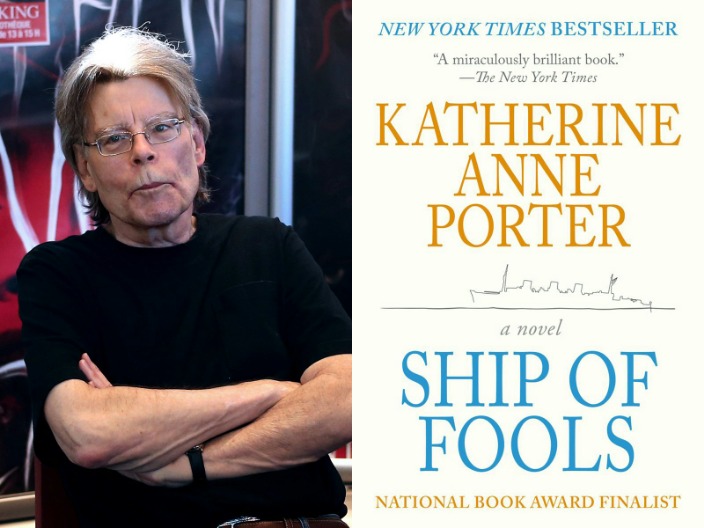Exploring the Diverse Landscape of Indian Literary Works
The world of South Asian literature is vast and varied, brimming with talented Indian authors who have contributed significantly to the global literary scene. Diverse in their themes and storytelling techniques, these writers offer unique perspectives influenced by the rich tapestry of Indian culture and history. Indian fiction and Indian non-fiction writings have found a cherished place in the hearts of readers worldwide, captivating them with their authenticity and depth.
The Imprint of Indian Authors in Fiction
Indian fiction has burgeoned over the decades, giving rise to a multitude of narratives that delve into the country’s socio-political background, familial bonds, and individual quests for identity and freedom. From the illustrious works of R.K. Narayan to contemporary voices like Arundhati Roy and Jhumpa Lahiri, the domain of Indian fiction continues to evolve, offering fresh and compelling stories.
Classics and Contemporary Works
In the spectrum of Indian fiction, classic novels such as “Swami and Friends” and “The Guide” still hold a significant place for their portrayal of everyday life in India. On the other end of the spectrum, modern bestsellers like “The White Tiger” and “The God of Small Things” intricately weave complex, thought-provoking narratives that resonate on a global scale.
Indian Non-Fiction: A Rich Repository
The realm of Indian non-fiction is equally expansive, covering a wide array of topics from history and politics to personal memoirs and biographies. Authors like Ramachandra Guha, whose exhaustive works on India’s political history stand out, and Sudha Murthy, whose simple yet profound narratives touch hearts, represent the breadth of Indian non-fiction.
Biographies and Historical Accounts
Books like “India After Gandhi” and “The Argumentative Indian” are invaluable resources for anyone interested in understanding India’s journey post-independence and its societal dynamics. They provide a deep dive into the intricate layers of Indian identity and its evolution over time.
Indian Mythology: Timeless Tales Retold
Indian mythology holds a special place in literature, offering timeless stories and morals that are continually being retold. Authors like Amish Tripathi and Devdutt Pattanaik have rejuvenated these ancient tales, making them relevant to modern readers. Texts such as “The Shiva Trilogy” and “Jaya” reinterpret classic epics, blending traditional lore with contemporary insights.
Modern Retellings
These modern retellings of Indian mythology not only preserve the essence of the original tales but also infuse them with new significance, capturing the imagination of both young and old alike.
Children’s Literature in India
Indian children’s books are another blossoming segment of literature, aimed at nurturing young minds with stories that reflect their own culture and values. Enid Blyton’s influence might be vast, but Indian authors like Ruskin Bond and Anushka Ravishankar have created a niche with their engaging and educational tales.
Imparting Values and Culture
These Indian children’s books not only entertain but also serve as a vehicle for imparting important life lessons and an understanding of India’s diverse heritage. Works like “The Blue Umbrella” and “Tiger Boy” are cherished for their ability to combine adventure with moral questions.
The Craft of Creative Writing in India
The landscape of creative writing in India is thriving with numerous workshops, literary festivals, and forums that encourage new talent. Budding writers are provided platforms to hone their skills and share their unique voices, contributing to the rich fabric of South Asian literature.
Self-Publishing: A Growing Trend in India
Self-publishing in India has seen a remarkable rise, democratizing the process of getting published. Authors who might not have access to traditional publishing avenues can now reach their audience directly through digital platforms. This trend has fostered a more inclusive literary culture where diverse voices can be heard.
Read more about creative writing here.
Empowering Writers
Platforms like Amazon Kindle Direct Publishing have revolutionized the way aspiring authors can publish and distribute their work, making self-publishing in India a viable and attractive option for many.
In summary, the world of Indian literary works, from fiction and non-fiction to mythology and children’s books, continues to grow and diversify. Thanks to the perseverance and creativity of Indian authors and the rising trend of self-publishing, the future of South Asian literature looks brighter than ever.


